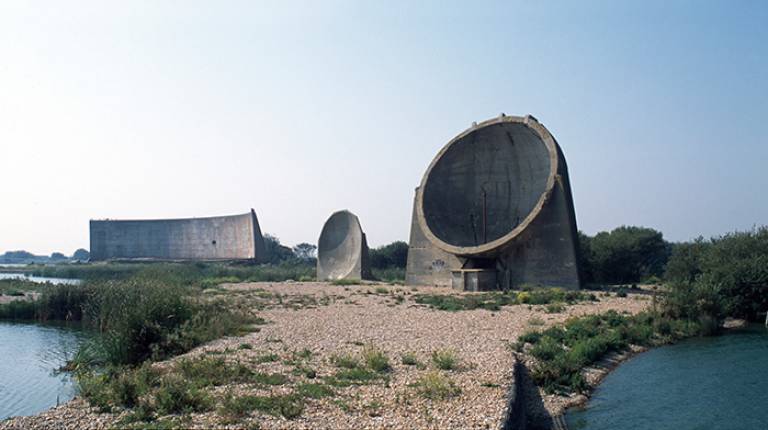
Despite its ancient Roman origins, concrete is considered the ultimate sign of modernity, found everywhere today: second only to water in the quantities consumed, we produce three tonnes of concrete for each person on the planet each year. Concrete surrounds us wherever we go, and polarizes opinion, provoking both intense loathing and fervent passion.
Concrete and Culture breaks new ground through careful historical analysis of concrete's effects on social and mental life since its reinvention in the modern period, examining the ways it has changed our understanding of nature, of time, and of materiality. While focussing especially upon architects' interpretations of concrete, Concrete and Culture is also about the roles it has played in politics, literature, cinema and labour-relations, as well as in present day arguments about sustainability.
Celebrated in the construction of some of the world's most avant-garde buildings, concrete is also blamed for destroying traditional ways of life and for making all places look alike, and provokes all sorts of contradictory responses. Adrian Forty takes the reader across Europe, North and South America and the Far East, reflecting on the global consequences of the material. Concrete and Culture is a unique enquiry into what a material is, and into the part a material plays in forming people's relationships to one another, and to their surroundings.
Concrete and Culture won the 2013 RIBA President's Award for Outstanding University-Located Research.
People
Adrian Forty
View Adrian's profile
Send Adrian an email
 Close
Close

